
OR

More from Author
If the goals of right to sight are to be achieved, Nepal should stop emigration of graduated optometrists rather than producing more
With a dramatic increase in emigration of Nepali optometrists over the last decade, there has been an intense agitation in eye health sector in how to address this issue. Nearly a half of the optometry graduates (38 of 82) of Institute of Medicine (IOM) have emigrated and a few are in a queue.
It is true that emigration is a personal choice and is driven by better opportunities for educational and professional growth as well as better earnings and better quality of life but these are not the only factors. Most Nepali optometrists have emigrated because of frustration over job insecurity and increased domination from the eye-care fraternity. The prudent path for stopping this human capital flight also referred to as a brain drain, lies somewhere between giving opportunities to survive and thrive and creating an environment for mutual respect and understanding.
Traditionally optometry began with the primary focus of correcting refractive errors using corrective devices such as spectacles and contact lenses. Modern-day optometry includes intensive medical training in the diagnosis and management of ocular diseases apart from vision therapy and visual rehabilitation. The nature of the optometric practice, whose skills are beyond spectacle prescription, inevitably deserves respect for the quality of health care they provide.
The Apex body for eye health, a governmental wing, must account for both the skills and qualification and the general context of the country’s needs to empower optometrists. If the goals of ‘VISION 2020: the right to sight’ are to be achieved, the most important task will be to stop the emigration of graduated optometrists rather than producing more.
Optical business should be regulated and permanent job opportunities created for optometrists in universities and
hospitals.
The lay practitioners who call themselves ‘optometrist’ and cause more damage to the patients than help are scurrying to establish optical shops everywhere in the country which is neither regulated nor monitored. An unregulated optical shop run by lay practitioners will continue to rob patients by providing sub-optimal health services and focussing more on commercial interests than patient care.
Just as these so-called optometrists make an inaccurate diagnosis and cause irreversible damage to patients and make money by their illegal practice, the current emigration rate of qualified optometrists will continue to rise even if more optometry schools are established in the country. The misunderstanding surrounding the differences between the scope of practice between ophthalmologist, optometrist and ophthalmic assistant feeds directly into the lay practitioner’s claim that they know eye, visual system and eye diseases.
Unlike an ophthalmic assistant who assists an ophthalmologist, ‘the eye specialist’, a qualified optometrist—also called the ‘vision specialist’—practices independently to provide a comprehensive eye care and make referrals to the ophthalmologists when appropriate.
Ophthalmic assistants calling themselves an optometrist or being promoted to optometrists after a practice of few years is not legitimate, and therefore fuels up the frustration of qualified optometrists. The idea of regulating optical shop under qualified eye health care practitioner will help control the quality of optical services.
It is a huge mistake on the part of some influential people, who are not optometrist, to make it simply their business shape the future of optometry in Nepal. The governing body such as Nepal Health Professional Council; and the professional body, Nepalese Association of Optometrists are supposed to work closely towards retaining qualified optometrists by reducing polarization between different eye-care professionals and creating more academic positions to attract Nepali graduates with higher degrees to return to the country. Are they working towards achieving the goal?
Recent data show that 38 percent optometry graduates of IOM have either completed or are doing a PhD across the world and 22 percent have completed Master’s degree.
All this heightens the demands on regulating optical business and creating permanent job opportunities for optometrists in the universities, hospitals and private sectors.
What is clear is the imperative for responsible people to treat the exploration of those concerns with gravity that will reconcile the public and the practitioners including those outside the country.
The authors are optometrists currently pursuing PhD degrees, s.marasini@auckland.ac.nz
You May Like This

To retain youths in villages, rural municipality initiates loans against educational certificates
PALPA, July 10: Bagnaskali rural municipality of Palpa has started to provide loans to promote self employment in agriculture and... Read More...

Shrestha aims to defend Surya Nepal title to retain his top spot
KATHMANDU, May 20: Number one golfer Shivaram Shrestha is looking forward to defending the title of the Surya Nepal Premier Golf... Read More...

NC fails to retain strongholds in Province 4
POKHARA, Dec 15: Nepali Congress (NC) heavyweights who contested the parliamentary and provincial elections from Province 4, including the party's senior... Read More...




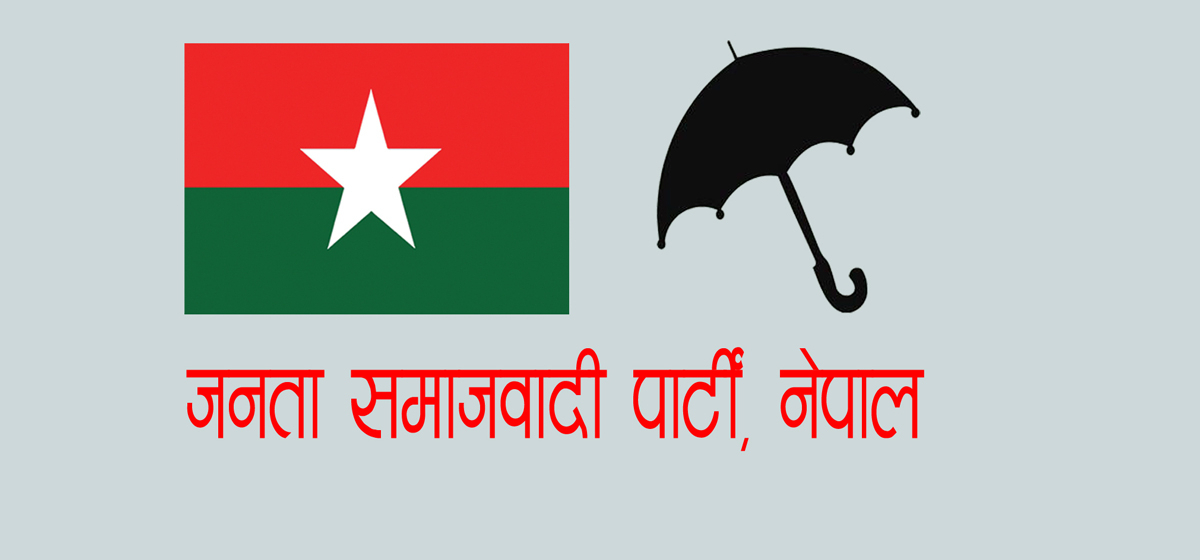
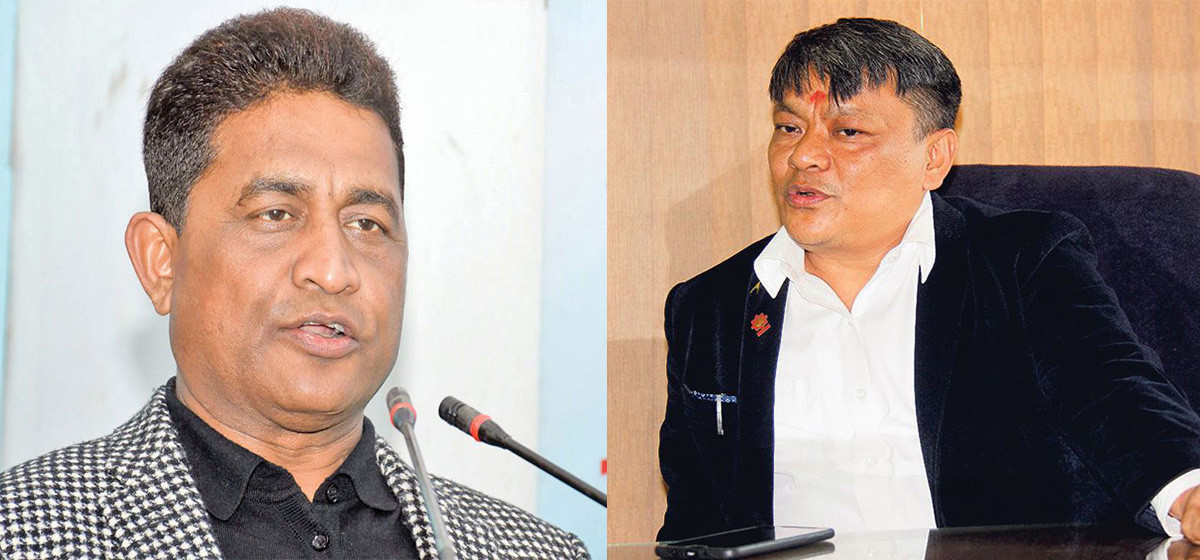
Just In
- One killed in a fire incident in Dadeldhura
- JSP Central Executive Committee meeting being held today to discuss national convention representative election guidelines
- KMC adjust office hours, services now start at 9AM
- Five-match T20 series: first match between West Indies 'A' and Nepal starts today
- Govt yet to pay Rs 60 billion to contractors
- Nepal’s poorest district identified as Bajura, richest as Mustang
- Wind storm likely at a few places of Koshi and Sudurpaschim
- EVs adoption in Nepal surge in Nepal with government support measures



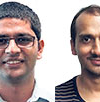




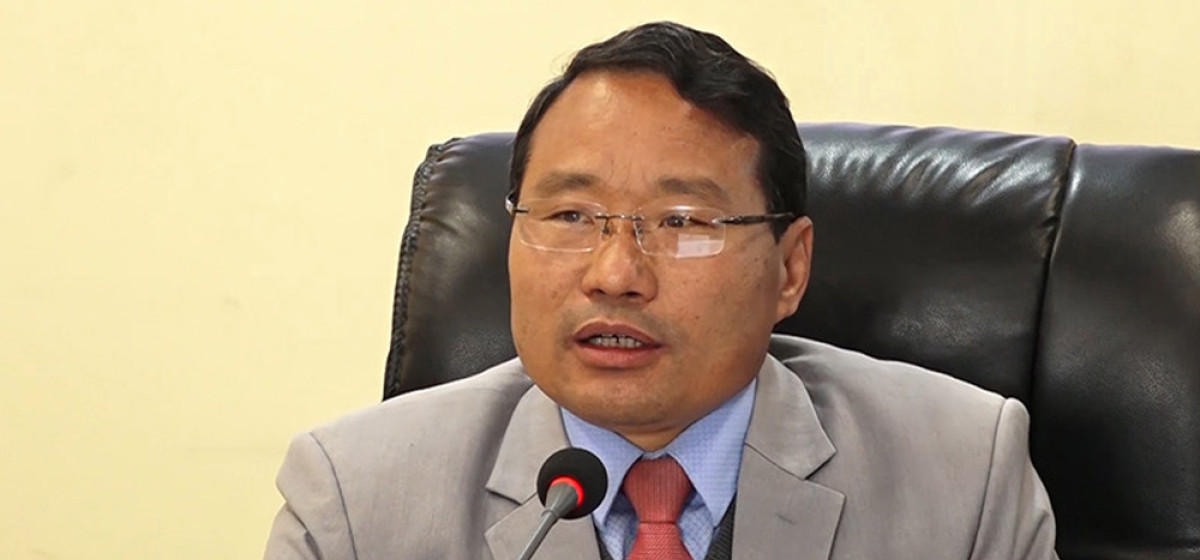

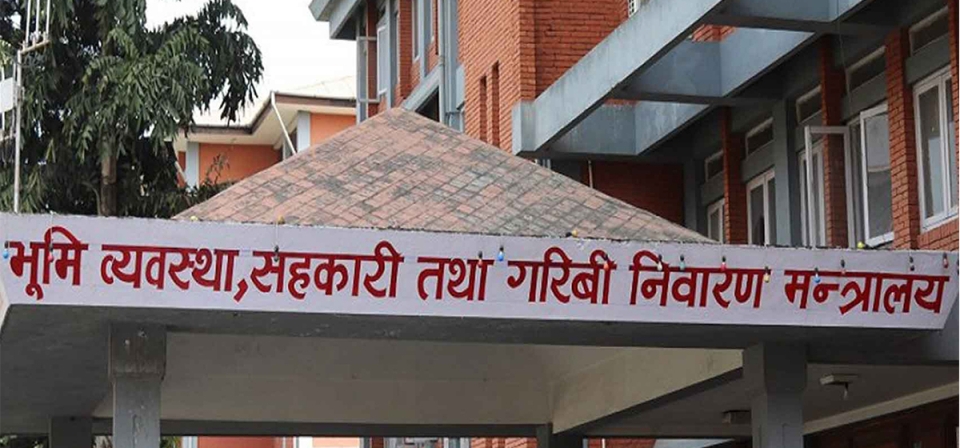


Leave A Comment